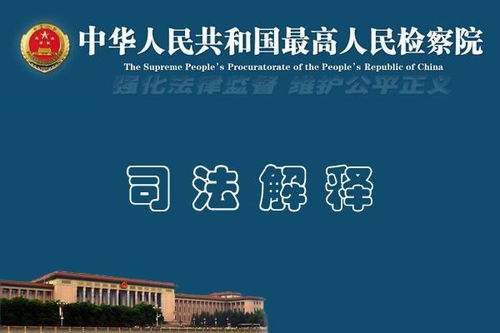Title: Exploring the Relationship Between Law and Images
As a visual aid, images play a crucial role in the field of law, serving to communicate complex legal concepts, illustrate evidence, and convey powerful messages. Let's delve into the various aspects of how law intersects with images.
Use of Images in Legal Documentation
Images are often employed in legal documentation to support and clarify textual information. For example, in contracts and agreements, diagrams and charts can effectively outline the terms and conditions, making them more accessible to all parties involved. Furthermore, in court cases, photographs, videos, and other visual materials are frequently used as evidence to corroborate testimonies and provide a visual representation of the circumstances under consideration.
Visual Representation of Legal Concepts
The use of images aids in simplifying intricate legal principles for a wider audience. Infographics and visual aids can condense complex legal theories into easily understandable representations, which proves particularly beneficial in legal education and public awareness campaigns. For instance, flowcharts and diagrams can elucidate the steps involved in legal procedures, making them more comprehensible for individuals without legal expertise.
Ethical Considerations in Image Usage
In the legal sphere, the ethical use of images is of paramount importance. It's crucial to obtain proper consent and permissions when using images of individuals, especially in cases where privacy rights are at stake. Moreover, the manipulation or misrepresentation of images in legal contexts, such as tampering with evidence, is strictly prohibited and can have severe legal consequences.
Visual Advocacy and Activism
Images serve as a powerful tool for advocacy and activism within the legal realm. Artistic expressions, such as political cartoons, protest signs, and visual campaigns, have been utilized to raise awareness about social justice issues, human rights violations, and other legal matters. Visual storytelling through photographs and artwork can also provoke powerful emotional responses and influence public opinion on legal matters, ultimately contributing to societal change.
Visual Identity in Law
The visual identity of legal entities, such as law firms, courts, and legal organizations, plays a significant role in conveying professionalism, trust, and expertise. Logos, branding materials, and website designs are carefully crafted to visually represent the values and principles of the legal entities they stand for. A strong visual identity is essential for building a reputable and recognizable presence within the legal industry.
Guidelines for Using Images in Legal Contexts
When using images in legal documentation, ensure that they are relevant, accurate, and properly cited.
Respect the intellectual property rights of creators by obtaining the necessary permissions for image use.
Consider the ethical implications of image usage, especially in sensitive legal cases and public advocacy efforts.
Uphold the integrity of visual evidence and refrain from any form of image manipulation or misrepresentation.
Leverage the power of visual storytelling and design to enhance the accessibility and understanding of legal information for diverse audiences.
In conclusion, the relationship between law and images is multifaceted and holds significant importance in various legal contexts. From enhancing the clarity of legal documentation to serving as a catalyst for advocacy and activism, images continue to shape and influence the way legal matters are perceived and understood in society.

By adhering to ethical standards and leveraging the communicative power of images, the legal profession can effectively engage, inform, and empower individuals to navigate the complexities of the law with greater clarity and comprehension.











